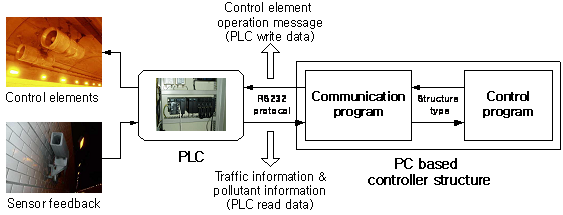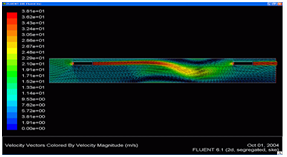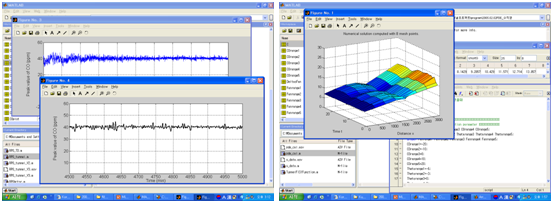Tunnel Ventilation Control (2003~2008)
Motivation
The main purpose of a tunnel ventilation system is to maintain CO pollutant concentration and visibility index(VI) under an adequate level to provide drivers with a comfortable and safe driving environment. Moreover, it is necessary to minimize power consumption used to operate the ventilation system.
Control Algorithm
In this project, fuzzy control, genetic algorithm based fuzzy control, reinforcement learning methods have been utilized to achieve the objectives. Extensive simulations are performed with real data collected from existing tunnel ventilation system, for example, Dunnae tunnel, Pibanryung tunnel, etc.
- Fuzzy Control
- Genetic Algorithm based Fuzzy Control
- Reinforcement Learning
Simulation Result
- Simulation Program
- FLUENT 6.1
- Matlab
- Visual C++
- Visual Basic
- Simulation of Ventilation Control
- Simulation of Pollution Emission Rate
Sponsor
This work was performed in part of 2003 industrial educational cooperation project, Underground, Fire, and Environment Research supported by Korea Institute of Construction and Transportation Technology Evaluation and Planning.




